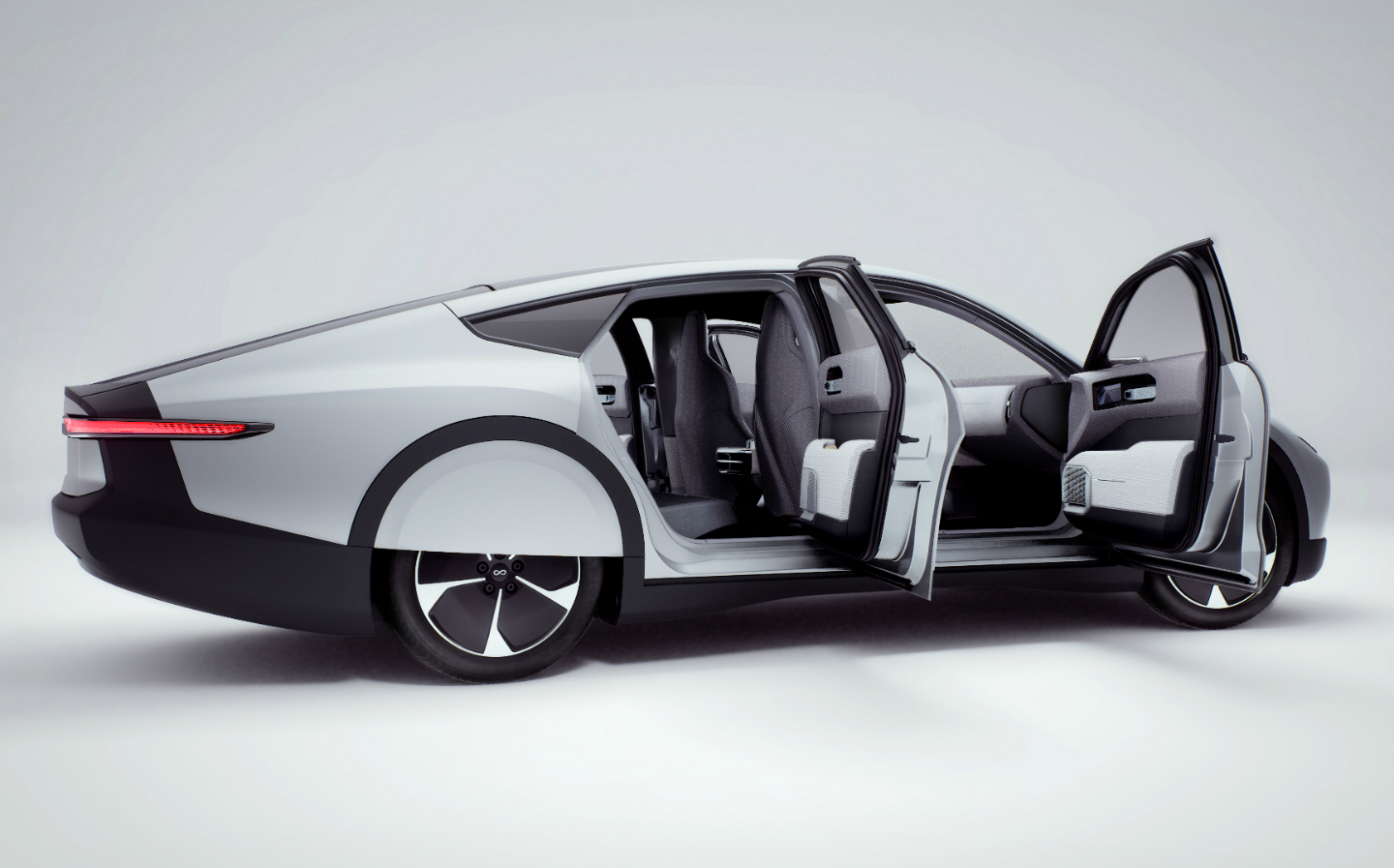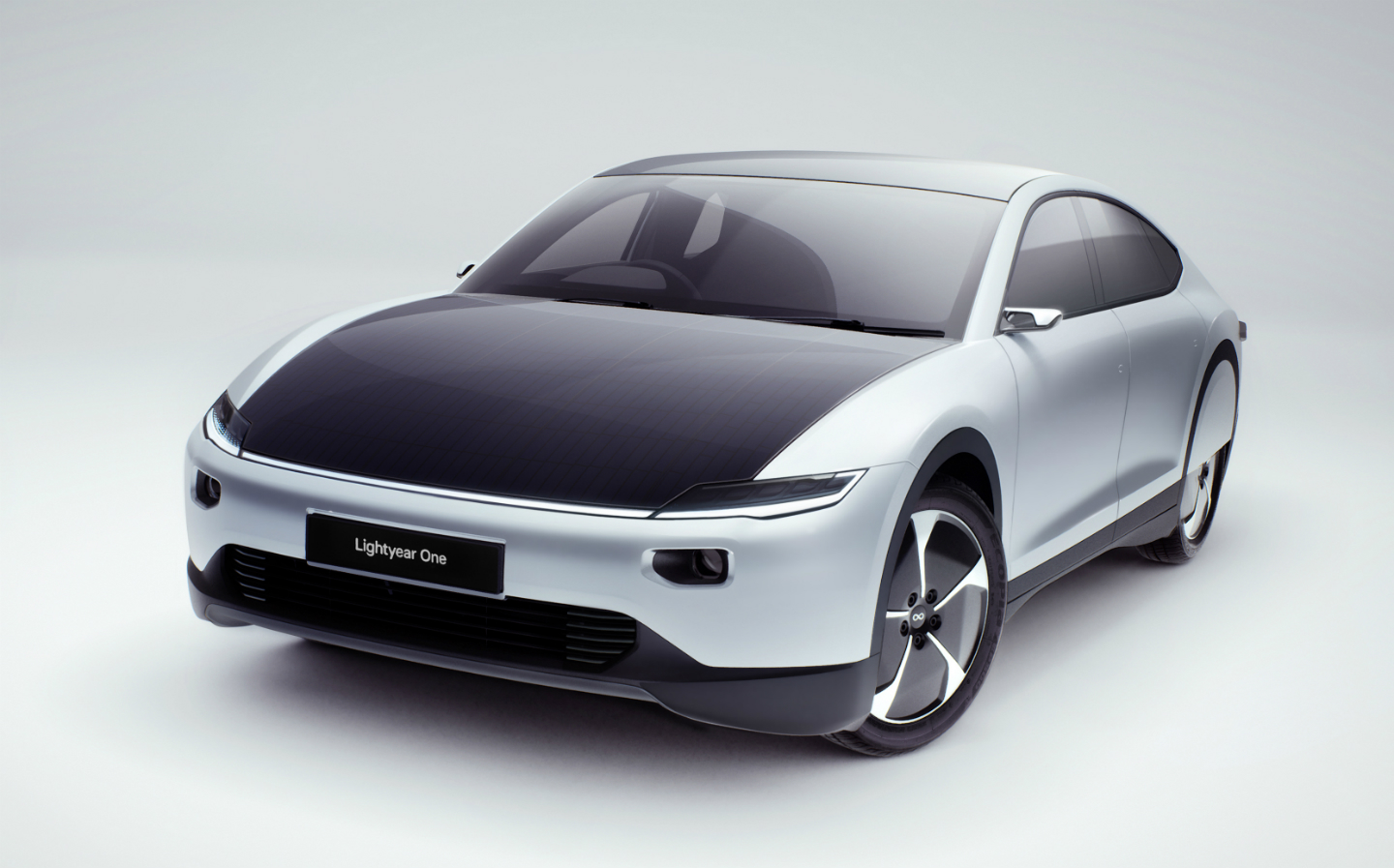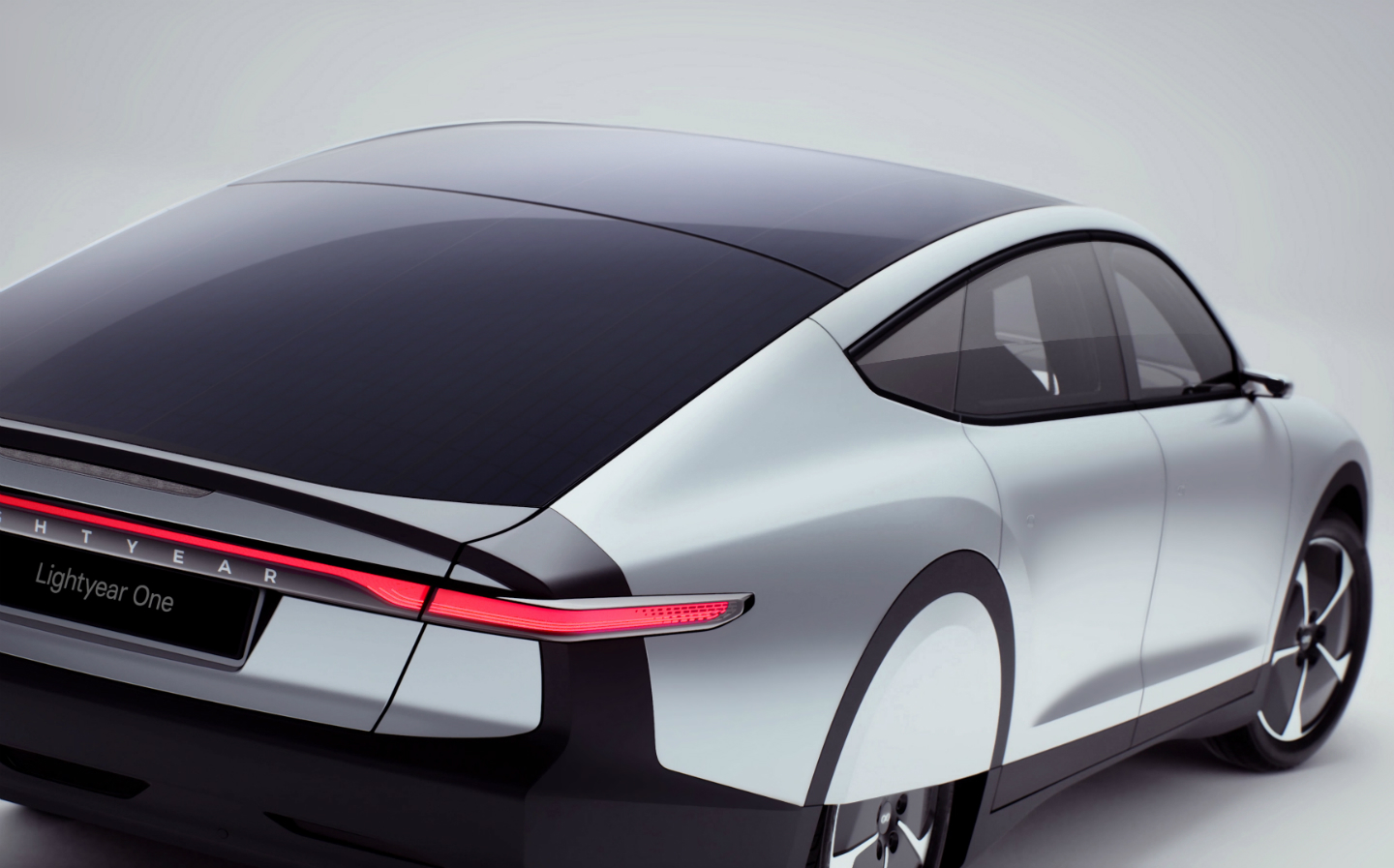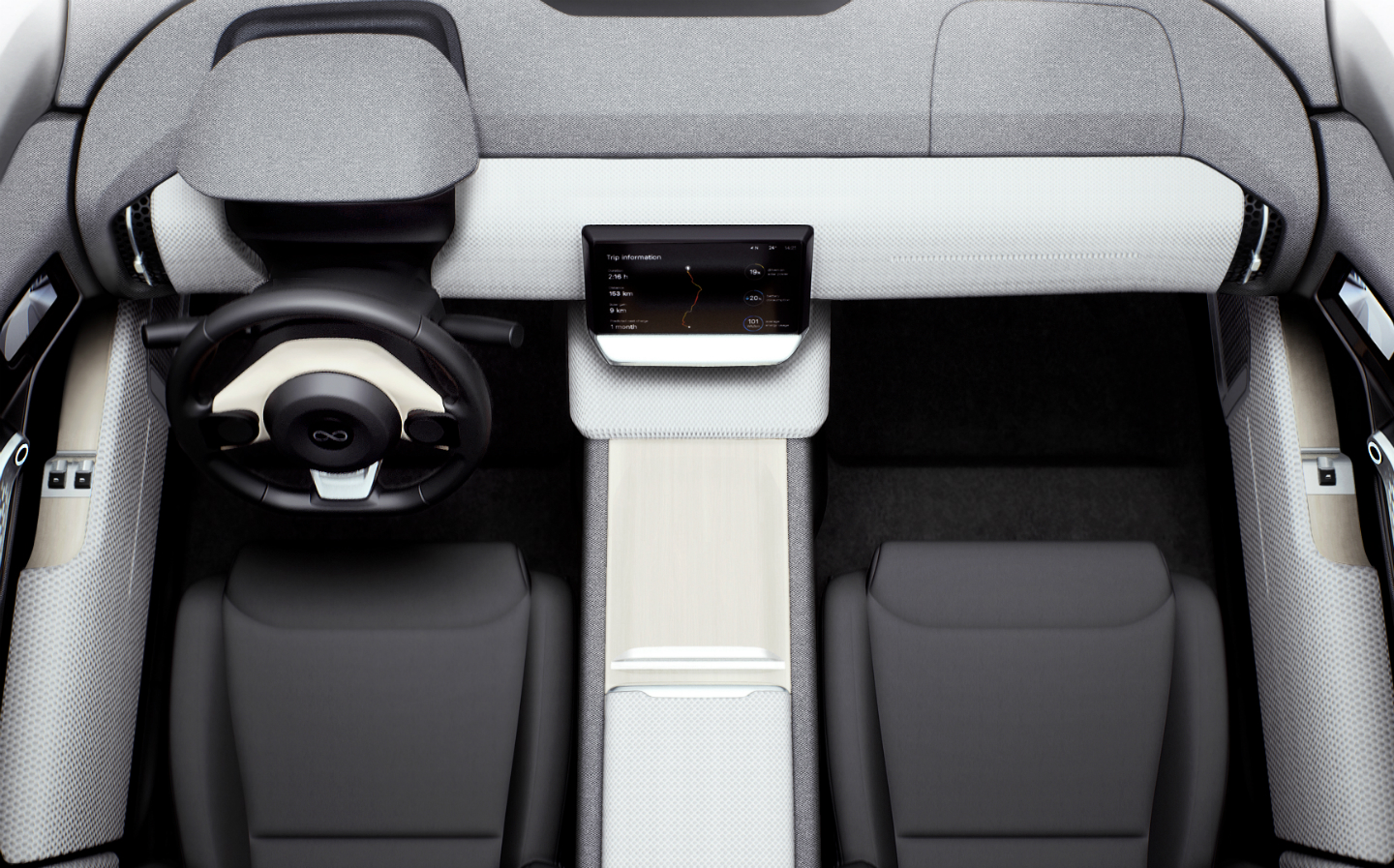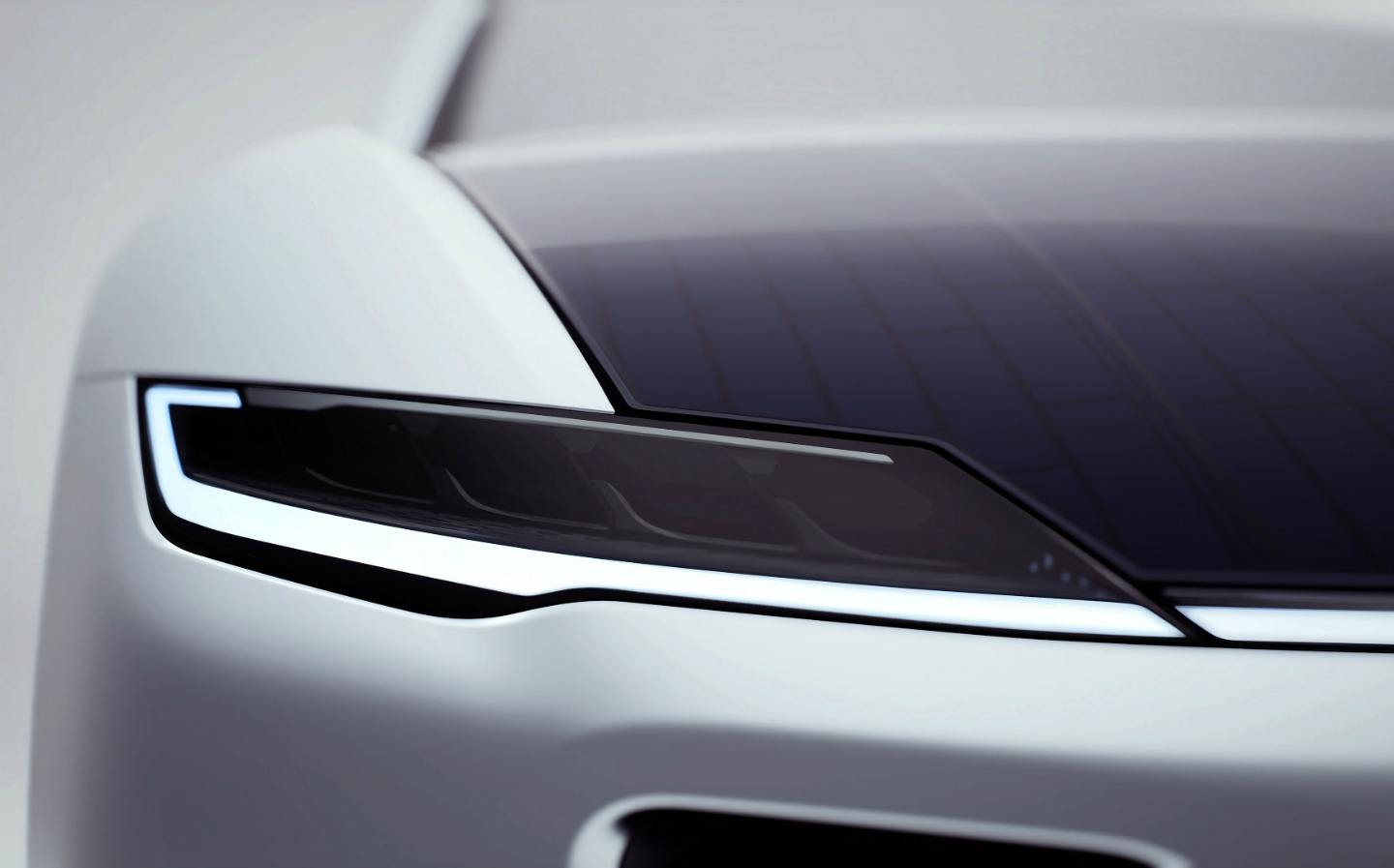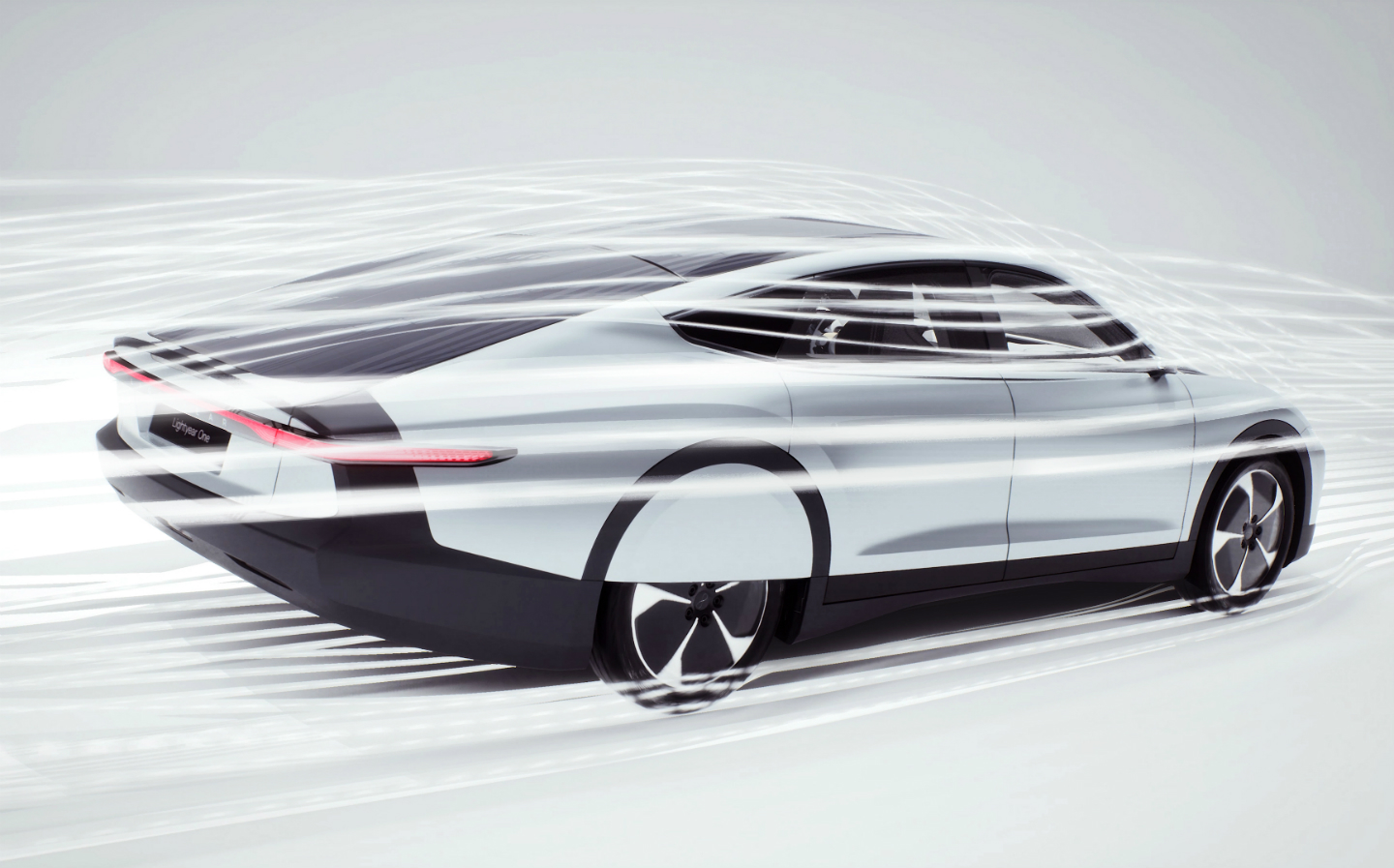Dutch start-up Lightyear claims the world's first long-range solar-powered car
A car with real sol
DUTCH start-up Lightyear has created a buzz by claiming it has made the world’s first long-range, solar-powered road car.
The Lightyear One has been designed to “fill in where electric cars fall short”, by giving owners a new way to top up the vehicle’s high voltage lithium-ion battery pack. If charging points or mains electricity supplies aren’t available, Lightyear One drivers can recharge the vehicle using the solar cells in the car’s bonnet and roof.
The five-seat One is covered in five square meters of integrated solar cells, mounted within safety glass strong strong enough for a fully grown adult to walk over with it cracking.
Of course, the sun isn’t the fastest way to fill the One’s battery packs — even in ideal conditions, drivers won’t get more than 7.5 miles of range from an hour of charging using just solar power.
However, with a car parked in direct sunshine during working hours, that equates to up to 60 miles of motoring without drawing a single watt from the mains, and Lightyear claims the sun could potentially power up to 12,427 miles per year.
For a faster charge, though, the One can be charged via a plug and can regain 315 miles per hour via a 60kW rapid charging station.
Arguably most interesting of all is the claimed 450 miles of range per charge on the new WLTP test cycle. That’s significantly more than the longest-range Tesla Model S, which, at the time of writing can go further than any pure-electric car currently on sale in the UK, at 375 miles per charge.]
Lightyear says this is possible thanks to the Italian-designed body being so streamlined that it has the best aerodynamic efficiency of any car on the market. By making a car slipperier through the air, drag — and therefore energy consumption — is reduced.
It also uses an aluminium and carbon fibre construction to reduce weight, which again reduces energy consumption.
Meanwhile power comes from four in-wheel motors, which Lightyear says has the benefit of “lowering the weight and improving control” through computer-controlled torque vectoring (sending power to each wheel individually to improve cornering and grip) with “no energy…lost in transit from the motor to the wheel”.
Accelerating from zero to 62mph takes a claimed 10 seconds, which isn’t mind-blowing but also isn’t slow.
The catch? The Lightyear One costs from €149,000 (£133,639) with a not-inconsiderable reservation fee of €4,000 (£3,587), or €19,000 (£17,045) for one of the first 1,000 to roll off the production line. The super rich can demand one of the first 100 models for a mere €119,000 (£106,746) reservation fee.
Despite the steep costs, Lightyear says 100 of the 500 models it plans to start building in 2021 have already been snapped up.
Tweet to @J_S_Allen Follow @J_S_Allen
https://www.driving.co.uk/news/10-electric-cars-248-miles-range-buy-instead-diesel-petrol/



